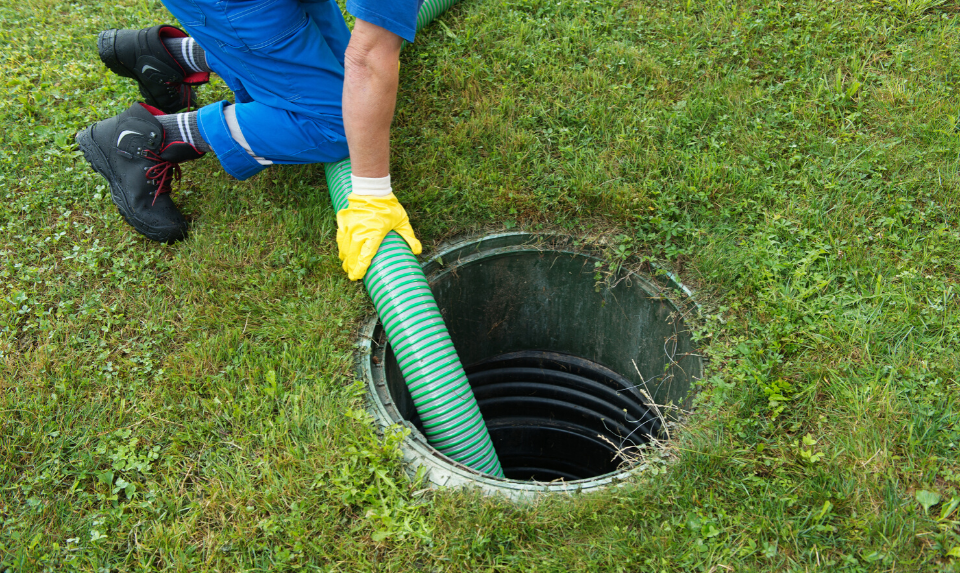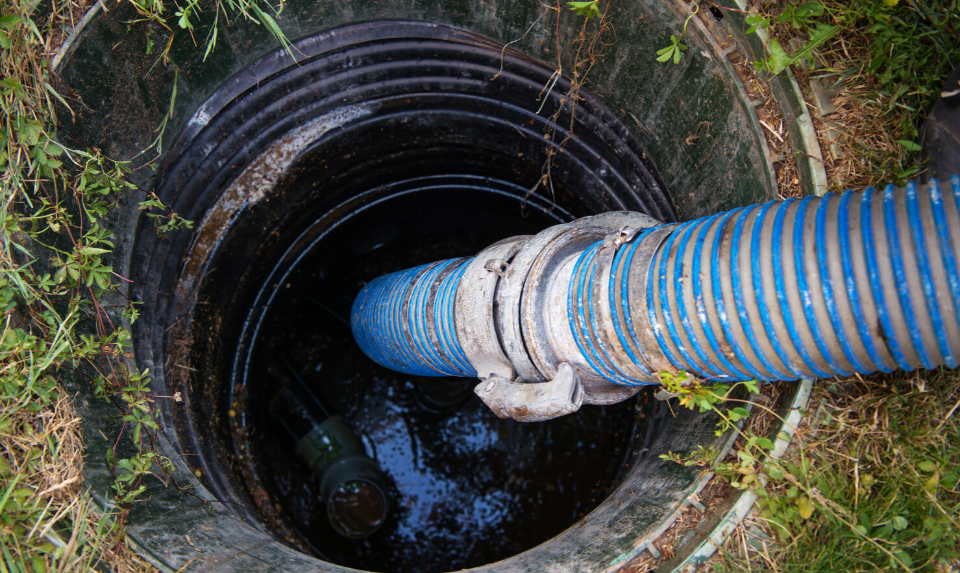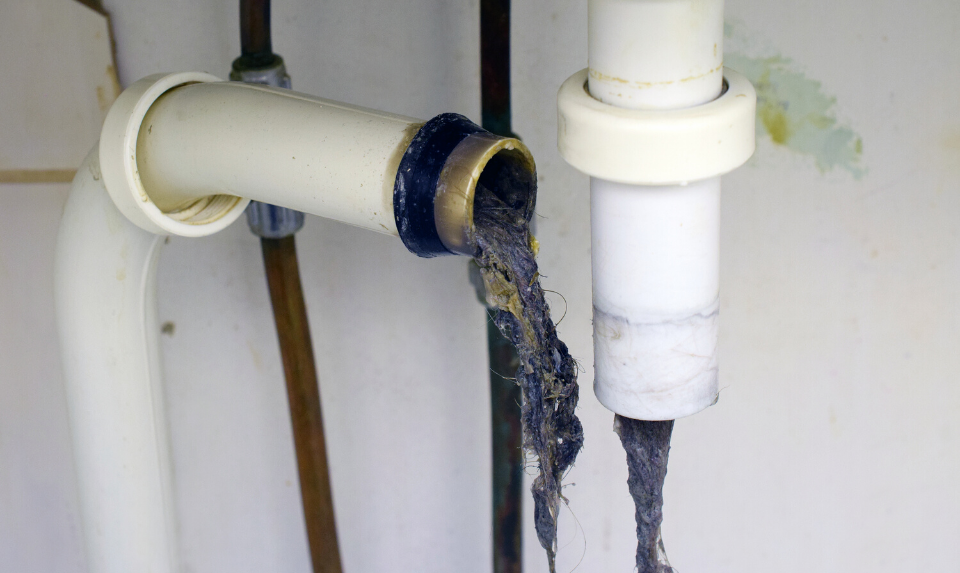Plumbing issues caused by clogged sewer drains can be costly and frustrating for homeowners. Weird gurgling noises coming from your toilet. Water over floats your shower when you turn the washing machine on. No, your house isn’t actually a nominee for “My Haunted House.” These are a number of signs that you might have a clogged sewer line — a serious plumbing emergency.
A clogged sewer line can impact the plumbing all through your entire residence in worse cases; you could wind up with raw sewage backing up out of your drainpipe. And no one wants that.
What Causes a Clogged Sewer Line
Generally, mainly in older houses, tree roots can get in the way with the smooth functioning of your sewage system. Attracted to the warmth and moisture of a sewer line, tree roots creep in through small cracks or loose joints in the pipe.
Feeding on the abundant nutrients they find, the roots grow and generate an obstruction in the sewer line. Sooner or later, toilet paper or other debris gets caught on the roots, additionally stop water from flowing through the main septic tank drain line.
 Flushing sanitary merchandise, such as paper towels, facial tissues, feminine hygiene items or even thick toilet paper, can as well clog the sewer line. Though, this is far less frequently an issue. Stating these stuff make it far enough, sewer pipes are usually 6 inches in diameter. In other words, it takes a lot of loose-fitting stuff to congest them.
Flushing sanitary merchandise, such as paper towels, facial tissues, feminine hygiene items or even thick toilet paper, can as well clog the sewer line. Though, this is far less frequently an issue. Stating these stuff make it far enough, sewer pipes are usually 6 inches in diameter. In other words, it takes a lot of loose-fitting stuff to congest them.
Signs of a Clogged Sewer Line
Pay attention for these early warning signs of a blocked or clogged drain line, so you can tackle the difficulty before it turn into a costly emergency.
Your drains are all running at a snail’s pace, regardless of your best efforts to clear them. If you have tried every of the DIY unblocking tips on this list and you still can’t seem to find a repair, it is possible the obstruction is in your drain pipe.
A number of plumbing fittings are congested at the same time. If your kitchen sink, toilets, and tub or shower are all backed up, you most likely have a blocked sewer line. Toilets have the shortest route to the sewer, as well as the main drain line.
If the blockage is in your sewer line, you are likely to experience problems with your toilets first. If your toilets are working fine but other fixtures in your residence are still slow to drain or are backed up completely, you most likely do not have a stoppage in your central sewer line.
When you flush your toilet, the water backs up into or overflows in the bathtub or shower. When your sewer line is congested, the water cannot go down the drain. As an alternative, it flows back up the pipes and comes out at the lowest point — commonly the shower drain.
When you run water in the bathroom or kitchen sink, the toilet bubbles and gurgles. The bubbling is because of air stuck in the plumbing system. Run the water in the sink nearest to the toilet for a minute. If the toilet gurgles or the water level in the toilet increase, you might have a clogged sewer line.
When your washing machine drains, the toilet overflows or water backs up in the tub or shower. If the toilets are still flushing well, you most likely do not have a blocked sewer line.
How to Fix a Clogged Sewer Line
Fortunately, you can take immediate action to reinstate your plumbing system to a state of good health.
Release the pressure. When you first notice the signs of a clogged sewer line, turn off the water at the main supply (or street level). Study your yard, basement or roof and observe if you can find your sewer flush line. This is frequently a short, white pipe about 3 to 4 inches in diameter and sealed with a screw-on cap. Once you’ve found the cleanout line, get rid of the cap. This should free the pressure in the sewer line and force any water that has backed up into your home to drainpipe.

Chemical drain cleaning. If tree roots are the culprit behind your sewer line clog, you can use chemicals to remove them. Some plumbers advise flushing copper sulfate down the toilet to kill tree roots, but this substance flushes away fast, meaning you may have to repeat the application a number of times in order to clear the blockage. Be aware that copper sulphate is unsafe for septic systems and its use is banned in some municipalities.
Mechanical drain cleaning. Sewer cleaning experts include a few tools at their disposal for unblocking main sewer drain lines. Amongst the most efficient is especially designed, flexible cable that’s generally identified as an auger or drain snake. The auger is frequently power-assisted — several are even truck-mounted — and can be fed into the sewer line in sections until it reaches and break apart the clog.
Plumbers can also make use of a high-pressure water jet to drive the roots and other fragments down the sewer line. Whereas you can rent these tools and do it yourself, both can injure your pipes if used the wrong way. Cleaning a congested sewer line is a job best done by expert.
Camera Inspection. If the auger or water jet does not unblock the sewer line, you can ask for a visual (camera) examination to verify what’s causing the obstruction. The miniature camera can expose cracks and breaks in the sewer pipe, on top of issues in the line that may need your local sanitation department’s notice.

Hello! I’m Tom Redding in Phoenix, AZ and I’m a Storm Damage Restoration Specialist. I originally bought this domain to discuss vegan recipes and vegan lifestyle related tips. However, my restoration business has taken off so well of late that it makes more sense to mainly blog about storm damage restoration related topics. Never fear, though – this will be done with the occasional vegan twist! My wife Susie and I have 4 beautiful kids, 2 dogs and (as of this week) 3 cats.


